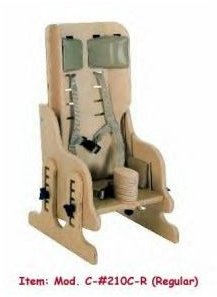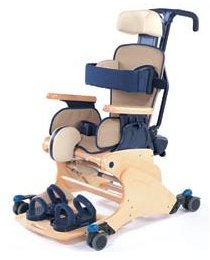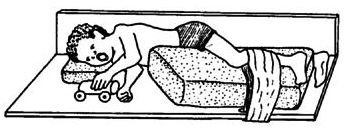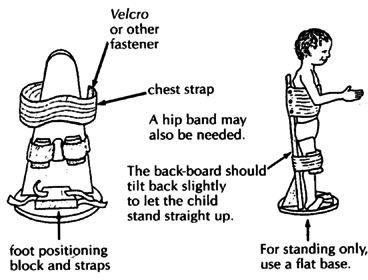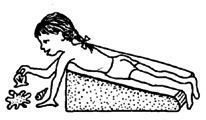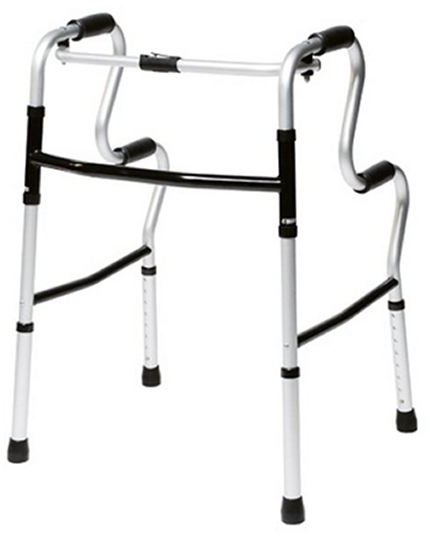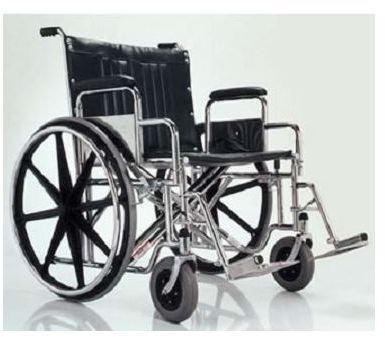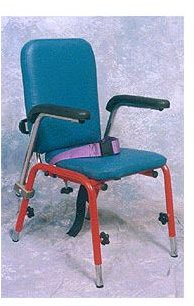All About Assistive Positioning Devices For Students With Physical Disabilities
Who Needs Assistive Positioning?
Inside an inclusion or self-contained classroom, one of the needs common among special students is a structure that will help them sit upright and face the teacher. There are numerous types of illnesses and situations that can result to physical disabilities. Some of them are serious orthopedic injuries, amputation, muscular dystrophy, cerebral palsy, cardiovascular diseases, and epilepsy. Obviously, the ordinary classroom chairs are not sufficient.
The special students with physical disabilities should not be left to their own devices in maintaining good positioning. The physician of a special student, if he/she is undergoing therapy, would also insist that the student’s body be held comfortably and firmly by a structured chair with padding and support straps. Otherwise, the beneficial effects of physical therapy might be negated by negligence in the classroom.
Assistive Positioning Devices
Thus, to provide good positioning for such special students, some of the devices that a teacher can consider are the following:
-
Structured chairs. The design of the structured chair will eventually depend on the type of physical disability and the cause of the disability. The structured chair may contain pelvic straps or shoulder straps. The chair may or may not have a built-in tray. Or the teacher may simply use a bean bag chair.
-
Side lying frames. This device is originally created to assist children who suffer from cerebral palsy. But it can be used for any child whose physical disability limits the control of the muscles of the shoulders and the upper body. A simpler version is a wedge. A similar device is the floor sitter.
-
Wheelchairs. The wheelchair, aside from enabling translational motion for the special student, can be utilized as the classroom chair. The teacher needs only to remove the old regular chair to provide space for the wheelchair.
-
Standing aids. The teacher must first determine the type of standing aids that are needed inside the classroom. The type of standings aids will depend on the type of support needed. For example, some children, called prone standers, will need support for the front side of their bodies. The supine standers, on the other hand, will need support for the back side of the body.
-
Walkers. These devices enable students with certain disabilities to stand and walk around the classroom in a slower pace. But it requires the special students to have arm strength.
Positioning devices
